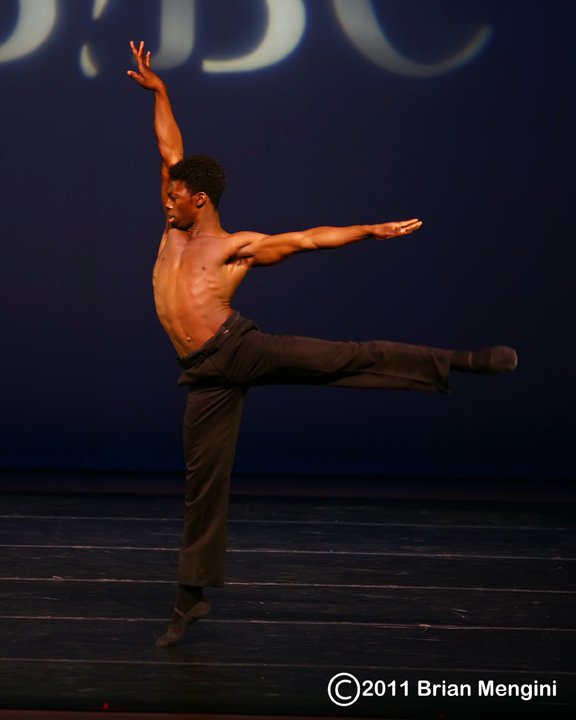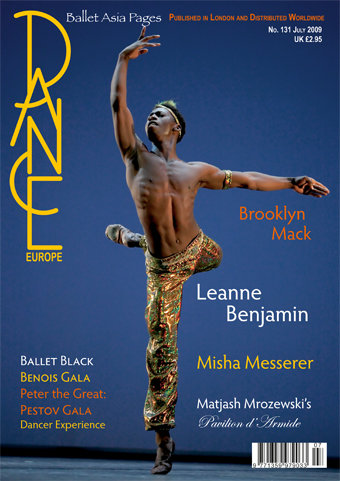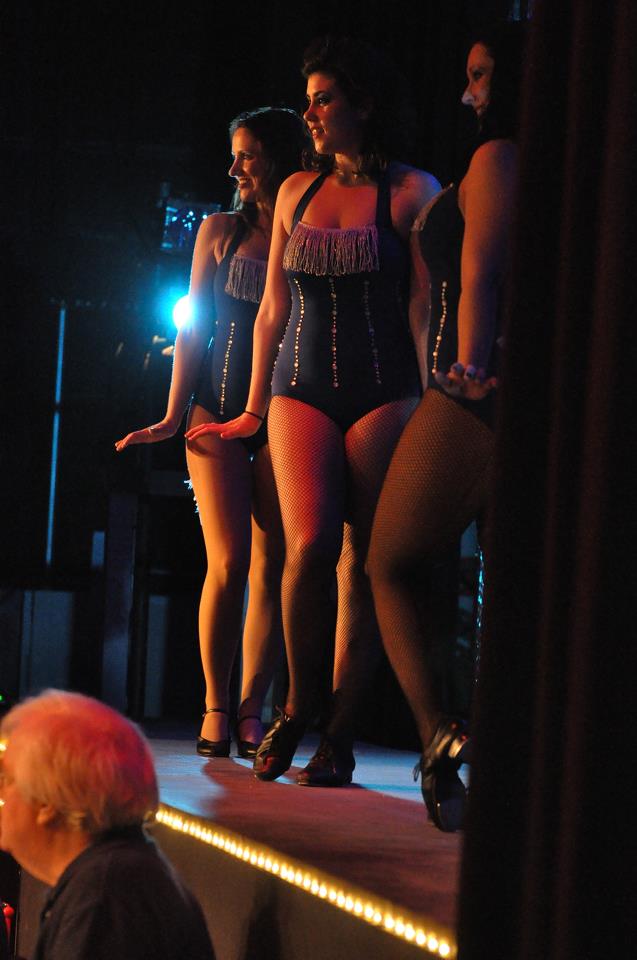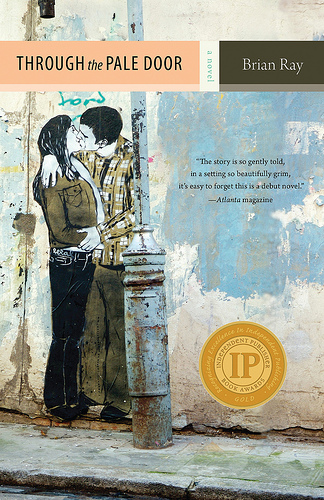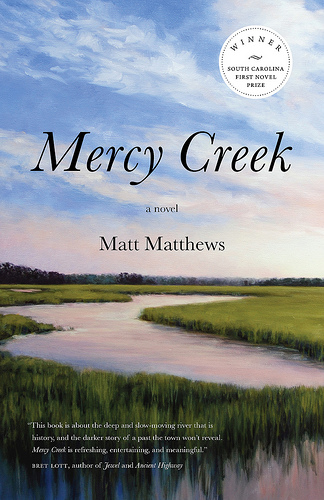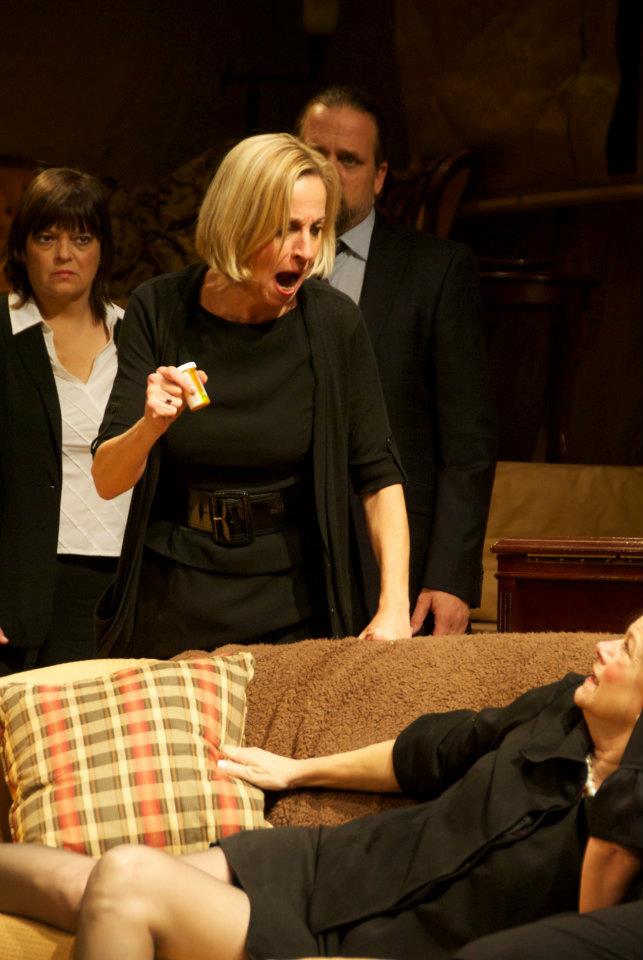Andy Smith – The Indiest and Grittiest
By Cynthia Boiter
Andy Smith doesn’t speak casually when talking about Indie Grits, the independent film festival he has directed for the past five years. He is contemplative and chooses his words carefully – possibly because words don’t come easily when describing the nuanced quirkiness of the four-day-long festival of (oftentimes) weirdness-committed-to-film that takes place every April in some of the most interesting corners of Columbia, SC.
“We aren’t like a lot of other film festivals,” Smith says, nodding his head then breaking into a sideways smile, initially suggesting outré before settling on something almost conspiratorial. “We aren’t trying to create the next big Hollywood film festival. We’ve always known we weren’t going to be Sundance – we don’t want to be.”
He narrows his eyes and explains.
“No matter how good a film might be, if it doesn’t fit the aesthetic we are looking for – indie, gritty, and from or about the southeast – we won’t use it,” he says. “Period.”
To see Smith’s point, one need only look at a list of typical Indie Grits film titles – if, in fact, it were possible to construct a list of typical Indie Grits films given how atypical the films and their subject matter tend to be. Past years have included films with titles like The Gibbering Horror of Howard Ghormley, Three Minutes from Opryland, Divorcing God, and Phil the Dolphin. Subject matter has ranged from the imaginary country of scientific illustrator Renaldo Kuhler, to dancing desserts, to a conspiracy theory into the death of grunge rocker Kurt Cobain depicted with molded plastic dolls.
“First time Indie Grits attendees don’t always know what they’re getting into,” Smith says wryly. “I like it that way.”
A 2001 graduate of Swarthmore College, Smith started out as an anthropology major who stumbled into studying film. “The whole reason I took my first film class was that I was working at the campus radio station as a freshman and noticed that all the cool kids were taking this one specific film class. So I signed up for it, too. It was the hardest undergraduate class I ever took,” he says. Smith went on to study under feminist film professor and graduate from the first class of film majors at Yale University, Patty White, as well as Marxist scholar and filmmaker, Christopher Pavseck. “I approached film as an undergraduate mostly from a critical perspective pertaining to gender, class, race, and the like,” he says. “I liked experimental films and films that challenged the usual narrative.”
After a stint working at a San Francisco wax museum and another selling tickets to a World War II submarine, Smith landed at UCLA, where he earned a master’s degree in film, television, and digital media.
“I was disappointed by UCLA because I realized that so many of the classes were geared toward film appreciation rather than establishing a more critical perspective on what was being produced,” he says. Smith accepted a position in the PhD program there but ultimately changed his mind and left California to come to South Carolina to serve as the deputy director of Democrat Robert Barber’s unsuccessful 2006 campaign for lieutenant governor.
“I liked what I was doing, but I wasn’t very good on the campaign trail,” Smith admits, noting that vegans don’t always fair well at barbecue joints.
Once the campaign was over, Smith realized he didn’t want to leave South Carolina, so in 2007 he sent a copy of his resume to Larry Hembree, executive director of Columbia’s art house cinema, The Nickelodeon. “Larry looked at my resume and wrote back to me saying, ‘Who are you?’ in that sort of dumbfounded way that Larry says things. Later, when I went in to see him at the Nick, he was shoveling popcorn in the lobby, and he was surprised that I was me. He said, ‘Holy shit! I thought you were some old man.’ The day after the election recount, Larry took me down to the Hunter Gatherer, and we drank a bunch of beer and then he hired me on the spot.”
“It’s true,” Hembree says. “Andy walked onto the scene, and he was sort of an enigma to me. He was edgy and all about experimental film – something I didn’t know a lot about at the time, but I was anxious to learn – and Andy helped me learn along with the rest of the film community.”
About the same time that Smith had begun to get his bearings in Columbia, Columbia Music Festival Association artistic director John Whitehead became interested in celebrating one of the city’s most successful native artists with a film festival. “I had the idea that we in Columbia needed to honor the energy and creativity that was brought to the world by Stanley Donen,” Whitehead says. Stanley Donen, who was born in Columbia and lived here until moving to New York City at the age of 16, is best known for his choreography and film direction, including the mega-hits Singing in the Rain and On the Town, which he co-directed with Gene Kelly, as well as Royal Wedding, in which Donen directed Kelly in his famous wall and ceiling dance choreography.
“So I wrote a grant for a cinema festival that would also include dances from Donen’s films,” Whitehead continues. “We brought every dance company in Columbia, with the exception of one who declined to come, to the Township Auditorium stage for an event called, Steppin’ on Hollywood, directed by McCree O’Kelley.” O’Kelley is a Columbia native who danced internationally, including a stint playing the part of Mr. Mistoffelees in the touring cast of the Andrew Lloyd Weber musical, Cats.
Whitehead, Hembree, and Smith decided they wanted to distinguish the event in a way that would express a more Southern flair, he says. “So, we brainstormed, and, somewhere out of it all, we came up with the concept of the Indie Grits Film Festival. It just stuck – it fit perfectly.”
The first year of the festival brought more entries from a wider range of talent than Smith expected. Among the entries was a feature-length film chronicling the fictional search for a mythological creature throughout North Carolina’s Transylvania County. The Long Way Home: A Bigfoot Story, written and directed by Columbia attorney and former South Carolina legislator James “Bubba” Cromer, in many ways set the stage for expecting the unexpected from Indie Grits films.
Inspired by transgressive cult filmmaker John Waters, The Long Way Home: A Bigfoot Story makes use of Southern gothic comedic characters who melodramatically sort out cultural constructs while keeping tongue firmly in cheek. The Long Way Home went on to win the Best Narrative Feature at the New York International Independent Film and Video Festival in 2007. Cromer returned to the festival two years later with an even more absurd venture into Appalachian culture and its characters, The Hills Have Thighs: An Appalachian Comedy, which delves into the realm of missing persons, aliens, murder, and large-legged mountain people. The Hills Have Thighs was also recognized at the New York International Independent Film and Video Festival as the Best Cult Feature.
“I still don’t know what to make of Bubba’s movies,” Smith says. “I’m not sure anyone does, but they’re oddly good – there’s no mistaking that.”
As good, or at least as interesting, as Cromer’s first film was at the first film festival, not everything went off without a hitch. Despite rain and celebrity contributions that barely made the deadline, it all came together in a unique fashion that served to almost telegraph the character and climate of future festivals.
“A lot of things went wrong with that first festival,” Smith admits. But he claims that out of it all he learned something that would indelibly impact all the festivals that were to come. “At one point we passed the word to all of the filmmakers to meet with me and Larry at the Nick without any of the other audience members. We sat there and drank all of the beer in the fridge and just talked about all the shit that had gone wrong. I learned then that independent filmmakers are zero-ego people. I learned that I loved them and that what I wanted more than anything out of future festivals was just to be able to provide them with a place to hang out and to talk about one another’s films. It was like an epiphany.”
As the years progressed, and with the support of several key players, Indie Grits moved from being under the umbrella of the Columbia Music Festival Association to that of the Nickelodeon. Entries have increased with each subsequent year, and word of the festival has spread to other parts of the country. When Smith took the show on the road to Park City, Utah’s Sundance Film Festival earlier this year – a decidedly larger, and particularly non-Southern festival of somewhat higher acclaim – he found that he rarely had to explain who we was.
“People had heard about us there, and I had people contact me after I got back home with an interest in showing their work at Indie Grits,” he says. “This means something to me.”
“Five years ago I wouldn’t have dreamed that – and there are people in this city that literally made it happen,” he continues, rattling off a list that includes John Whitehead, Betsy Newman, Suzie Sheffield, Beth Slagsvol, Sanders and Donna Tate, Amy Shumaker, and others.
But Hembree is quick to give the lion’s share of the credit to Smith.
“Andy is a great lessen to me in sticking to your mission and staying true to your idea,” Hembree says. “That’s his real strength. It’s in his head and he’s fixed in his vision.” Hembree goes on to explain how Smith is dependably true to the stated mission of the Nickelodeon, as well.
“If something smells insecure, Andy won’t have any part of it. ... He created a reverence and a respect for all genres of film – be they shorts, experimental, student, whatever – and, at the same time, he respected and supported our desire at the Nick to steer away from gratuitously violent, homophobic, or misogynistic representations,” Hembree says.
In an industry is which sex and violence are default themes in lieu of more sophisticated and intellectually challenging subject matter, this is no small sentiment.
“I also want our films to move beyond the low-budget Southern redneck genre,” Smith says. “There are tons of that out there, and there’s rarely anything special about it. Besides, we have people here in the South who are doing some good quality work, and I want us to claim them.”
Despite the growth of the festival, and in many ways as a response to it, Smith and his crew – who are primarily student interns like Karis West and Tyler French from the University of South Carolina – have adjusted their vision for the festival in ways that allow them to honor its mission without having the festival swell to an unmanageable size.
“The whole idea coming into this year was that we knew it was time to grow some, but we wanted to stay true to our ideal of low-budget film in the Southeast,” Smith says. “So instead of broadening the scope, we changed the name from the Indie Grits Film Festival to just the Indie Grits Festival. We’re not just about films anymore. The idea is to turn the original Indie Grits into a festival that maintains its focus on DIY (Do-It-Yourself) issues in the Southeast.”
To that end, this year’s festival features, among other offerings, art demonstrations presented by Izms of Art; sewing demonstrations that piggyback on the feature film, The Florestine Collection by the late DIY filmmaker and Columbia native Helen Hill; children’s crafts; and, a bicycle valet sponsored by the Palmetto Cycling Coalition – most of which has been organized into a cohesive one-day event on Saturday, April 16, under the auspices of Crafty Feast, an indie juried craft fair and the brainchild of local grass roots guru Debbie Schadel.
Opening night will also feature a sustainable chefs tasting party sponsored by Slow Food Columbia. “We’re having tasting tables from all of Columbia’s most sustainable chefs as well as a juried host committee of food and sustainability luminaries who will each bring a sustainable potluck dish,” says Tracie Broom, events manager for Slow Foods Columbia. Music will be provided by the Immaculate Underground String Band, with victuals from the likes of local restaurants Motor Supply Company, Gervais and Vine, Rosewood Market, and more.
And then there’s the music.
“Musically, we’ve tried to stay true to sort of that punk ethos that pushes boundaries without being overly elitist,” Smith says. “We want to keep things fun and welcoming.” The Thursday night (April 1) concert will feature a lineup of bands including Coma Cinema, Say Brother, Those Lavender Whales, and Sweet Vans – all from the local label, Fork and Spoon Records.
When all is said and done, Indie Grits has grown into a calculated and carefully constructed celebration of alternative Southern lifestyle with a respectful, in-your-face flair. “We want to be hip and gritty but still Southern and true to our roots – and we want to find all the areas of culture that we can do that with,” Smith says.
Indie, gritty, hip, Southern – terms that rarely run in the same circles. The New South is newer in Columbia, SC, and with the help of Andy Smith and the Indie Grits Festival, made less of myth and more of the marrow that makes living in the 21st century South quirky, interesting, and, sometimes, oddly amazing.
 On January 31, 2012, local artists will showcase works inspired by combat veterans’ stories at Bullets & Bandaids, an art show honoring local war veterans, from 6 – 10 p.m. at 701 Whaley in downtown Columbia, SC.
On January 31, 2012, local artists will showcase works inspired by combat veterans’ stories at Bullets & Bandaids, an art show honoring local war veterans, from 6 – 10 p.m. at 701 Whaley in downtown Columbia, SC.Wikipedia: lay definition: to beat or strike down with force. →









